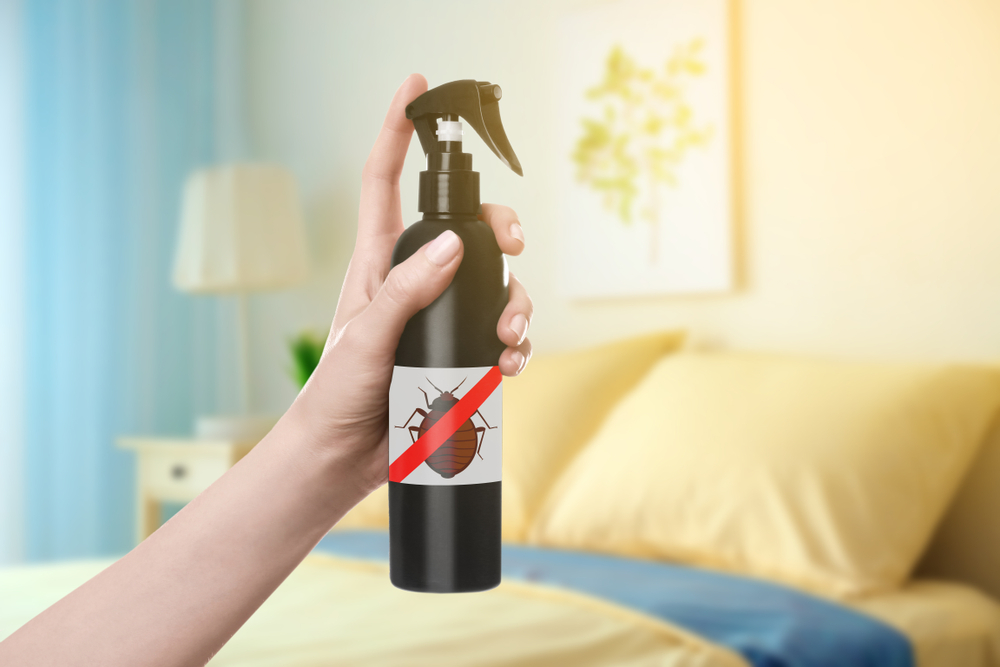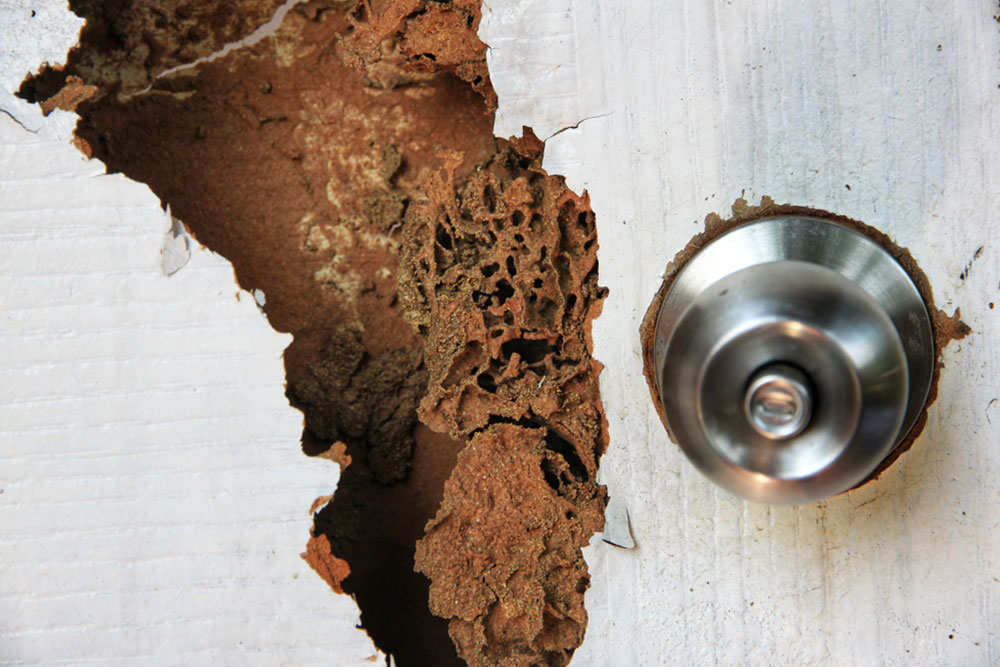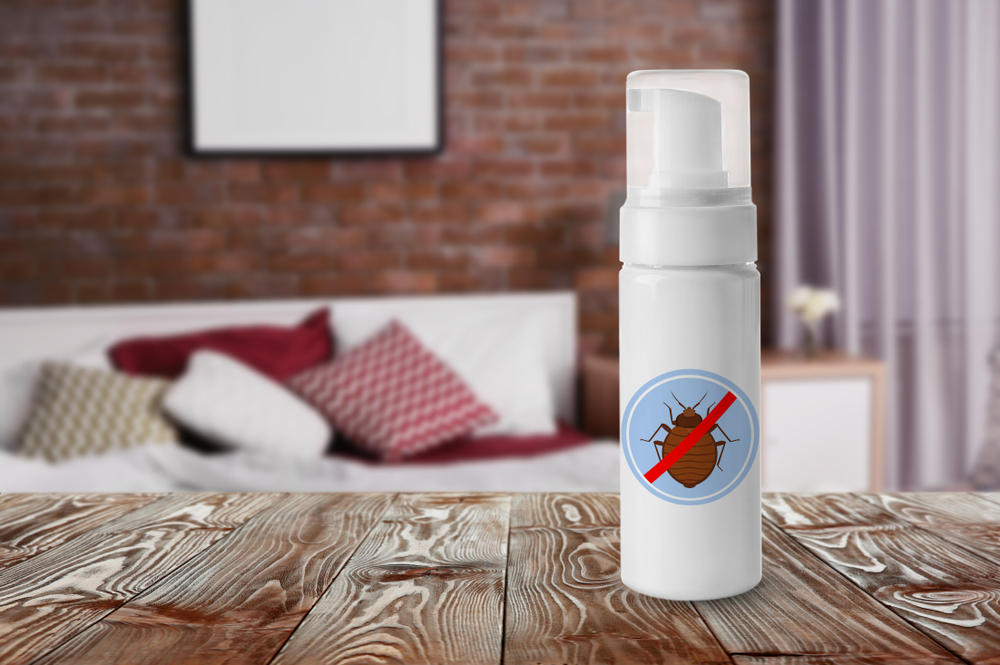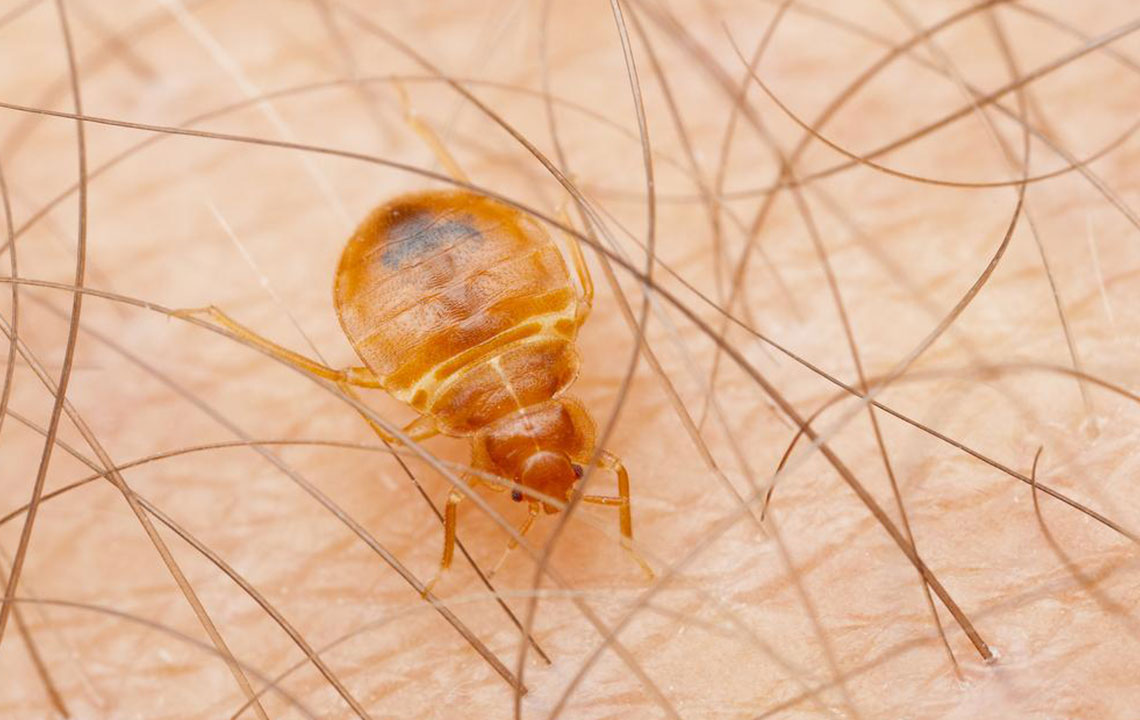Effective Strategies to Eliminate Tiny Biting Midges
Learn practical methods to eliminate biting midges, tiny insects that bite, breed in moist areas, and are attracted to body heat and CO₂. Strategies include sealing entry points, controlling indoor humidity, using traps, repellents, and professional pest control to keep your home pest-free. Preventing bites and reducing the midge population can improve outdoor comfort and health.
Sponsored

Keeping your living space pest-free is essential for health and comfort, especially when it comes to elusive insects like biting midges, also known as sand flies or punkies. These tiny insects, measuring just 1-3 millimeters, thrive in moist, warm environments near water sources such as ponds or gardens. Their bites are itchy and painful, often lingering on the skin for weeks. They are attracted by body scent, carbon dioxide, and heat. Here are proven methods to keep these pests out of your home.
Important facts about biting midges
- Also called sand gnats and punkies, they are very small, between one and three millimeters.
- Their bites can be more painful than mosquito bites and cause prolonged itching.
Invisibility makes them hard to detect, but bites reveal their presence, often lasting up to two weeks. Their breeding grounds include humid soils and water-rich areas, especially in warmer climates. To prevent their entry, effective measures include controlling indoor humidity, sealing entry points, and using specific repellents. Following these tips will significantly reduce their presence and protect your family from bites.
Top 7 methods to control biting midges
1. Maintain a cool environment
Keep indoor temperatures low to deter these pests. Using air conditioning during warmer months reduces humidity and discourages midges from entering.
2. Install fine mesh screens
Fit doors and windows with tightly woven mesh screens to create a barrier against tiny insects. Whether DIY or professional installation, ensure the mesh has small enough weave to block biting midges.
3. Keep doors and windows closed
Avoid opening doors or windows without protective screens, especially during peak midge activity times, to minimize entry points.
4. Apply repellents
Use commercially available or natural repellents. Products containing essential oils like eucalyptus, mint, lemon, or camphor can be effective. Spray these solutions around entry points and on your skin, ensuring skin sensitivity is checked beforehand.
5. Reduce indoor humidity
Employ dehumidifiers to lower moisture levels indoors. Dry environments are less attractive to biting midges, making your home less inviting to them.
6. Use CO₂ traps
Devices emitting carbon dioxide attract midges and trap them via adhesive or vacuum. These traps are highly effective for monitoring and decreasing their population.
7. Regular plumbing inspections
Fix leaks promptly to prevent excess moisture, which attracts biting midges. Proper maintenance reduces breeding sites around the house.
Additional tips include turning off outdoor lights at night, maintaining neat gardens, and trimming bushes to eliminate hiding places. Wearing protective clothing when outdoors and consulting pest control professionals can further help in managing these pests effectively.






